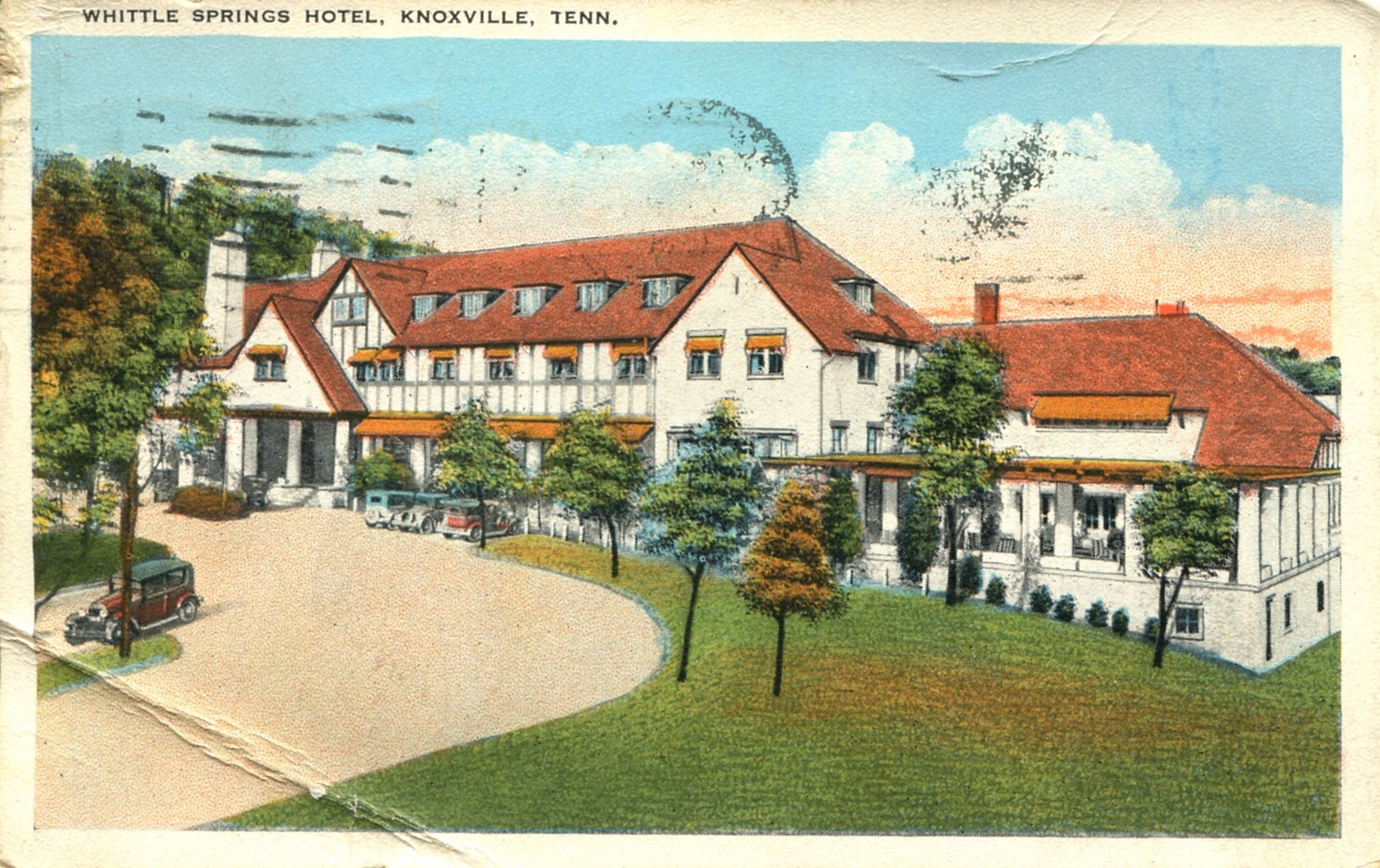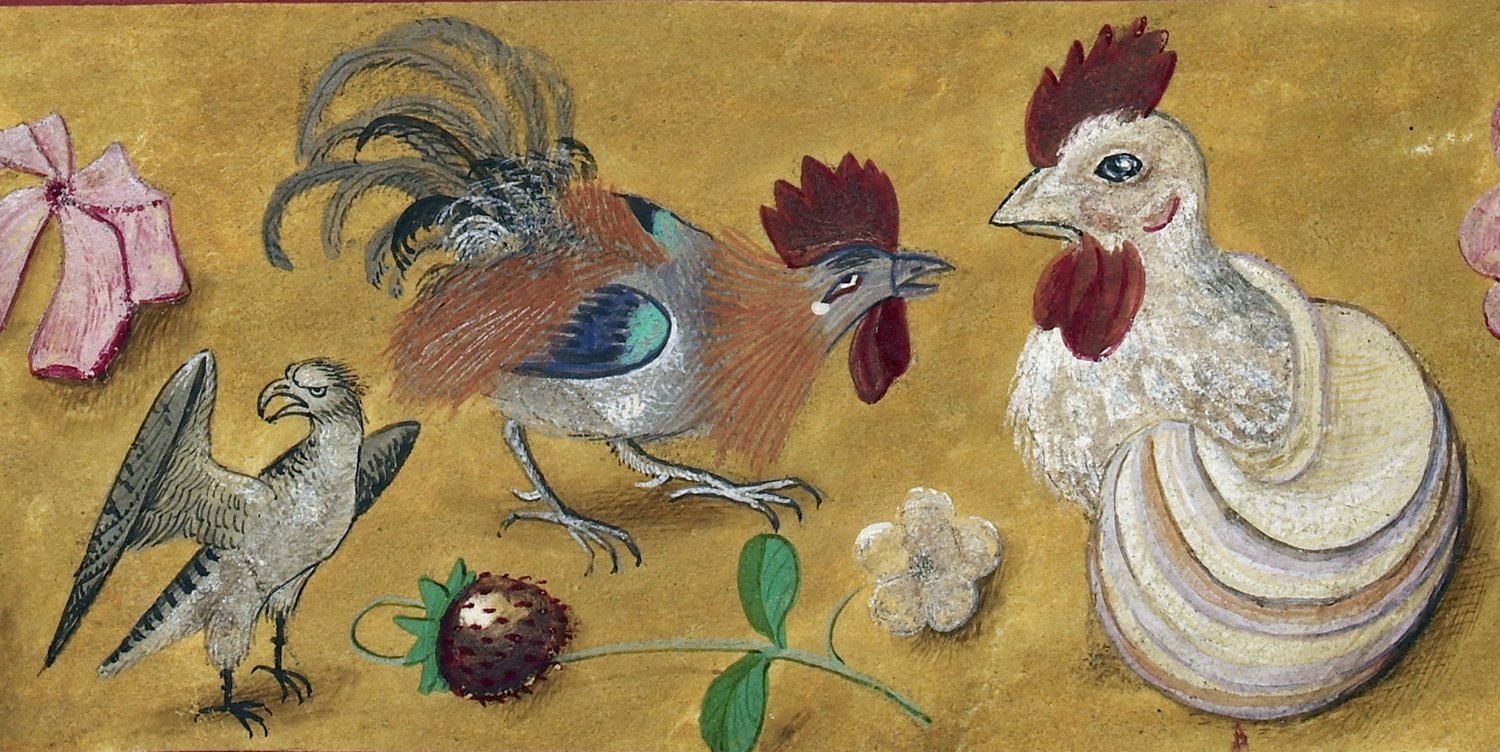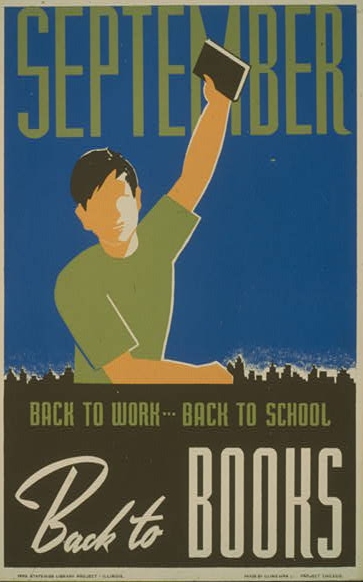Old picture postcards are primary source records of places. Postcards document the natural landscape as well as the built environment- buildings, gardens, parks, cemeteries, and tourist sites. Postcards also commemorate major events, popular humor, and many other aspects of daily life – transportation, entertainment, sports, work, religion, or advertising. Collectors and all types of historians value postcards. Postcards also give insight into how we use, adapt, and discard new forms of communication media.
When first introduced, postcards were a new form of communication media conveying information through images and short written messages, much like memes in social media today. Like modern Twitter, postcards limited the length of the message. But as with many new forms of media, there were objections. Some argued the messages could be read by anyone or that the messages were too short, informal, or impolite. We’ve heard those same criticisms of Twitter.

The first postcards appeared in Europe in the 1860s as an alternative form of communication – simpler and cheaper than sending a letter. Customers purchased a postcard with a pre-printed stamp on one side and blank space on the other side for writing the message. By the 1870s, picture postcards began to appear with artistic drawings of well-known landmarks and special events. Postal laws evolved so by the early 19th century, messages could be written on the back of the card on the left side, with space for the address and stamp on the left. Photography also revolutionized the picture postcard in the early 20th century.
When postcards were first introduced in the United States in the 1860s, they were not especially popular because they cost to mail was the same as a letter. However, in 1873, the United States Postal Service introduced plain postcards with a 1 cent printed stamp, half the rate of sending a letter. But postcards not printed by the government required the full two-cent rate. In 1898, the law changed to allow privately printed postcards to be mailed at the same rate as those printed by the U. S. Postal Service and postcard popularity skyrocketed!
In the first two decades of the twentieth century, postcards were popular for both communication and for collecting. But their popularity began to decline with the growth of the telephone.
Postcards often promoted tourist destinations and allowed people to share their experiences, like vacation photos posted in social media today. The images on picture postcards are usually idealized versions of what tourists wish to see; thus creating an image of a “perfect vacation” for the folks back home. Historical tourists were much like modern tourists. A recent study showed that almost 70% of people said they had a better time on vacation than they actually did. Postcards and social media posts help to create that illusion.
This story appeared in the New York Times over 100 years ago. . . these tourists are not so different than modern tourists with camera-phones and social media.
Sending these cards has become a perfect mania, and the collection of these souvenirs is to a certain extent supplanting that of the postage stamps. Post Offices and collecting boxes are now available on the tops of mountaintops and in many other out-of-the-way places, which hitherto have had no occasion for such luxuries; even the dining cars have a special card of their own. Apparently, the first thing you ought to do on arriving at a place is to buy a collection of these cards, and address them to all the friends you can think of, for the illustration on the other side allows a very scant room for writing. Most of the cards have merely views of the neighborhood, but some have ridiculous caricatures, while some are worse than vulgar. A few nights ago I watched a lady and her gentleman writing cards for an hour and half without stopping, except to stretch their right arms occasionally. And when I left the room they had just ordered a fresh supply (of postcards) from the head waiter, who told me the number sold in the hotel every day was beyond belief. “A postal card craze.” New York Times, August 1, 1898.
Change over time
The following postcards document change over time. Select each image to learn more about the history of the Mile Hi Hotel in Montana and the Goodall/Palm Beach Factory Building in Danville, Kentucky.
To learn more . . .
- Creating postcards from the past is a great way to help students examine how time impacts our interpretations of the world. In this activity, Postcards from the Past, students time-travel and join Marco Polo on his famous journey around the world, writing postcards back home based on what they “see” when reading excerpts from Polo’s adventures.
- Many museums and archives have extensive collections of picture postcards; many are digitized. Here are just a few . . . .
-
-
- Curt Teich Postcard Archives Collection
- State postcards printed by Boston’s Tichnor Brothers between 1930-1945
- Bowden Postcard Collection Online
- Postcards in the East Asia Image Collection
- Check your local archive, historical society, attic, or junk store for postcard collections!
-
-
- For more about the history of postcards: the Smithsonian’s Postcard History
- For more about the history of daily life, primary sources, and instructional activities see Discovering Quacks, Utopias, and Cemeteries; Exploring Vacation and Etiquette Themes in Social Studies and Investigating Family, Food, and Housing Themes in Social Studies.
Postcards & Dogs
Dogs have been depicted in art and media throughout human history. Select each image below to learn more about these postcards and postcard archives.
About the header image: This postcard, depicting Whittle Springs Hotel in Knoxville, Tenn. was mailed in 1930. This resort was demolished in 1964.
References:
- Picturing the Postcard, A New Media Crisis at the Turn of the Century by Monica Cure. University of Minnesota Press. (2018)
- “Wish You Were Here” by Nancy Rose. Arnoldia, Vol. 71, No. 3 (2014), pp. 28-35. https://www.jstor.org/stable/42954939










I could use this to teach a primary source lesson in the fourth grade. I would use this text/information to teach children about cultures of the past and how time impacts our interpretations of the world. An activity I could do is have children pretend to be a historical figure and write a postcard from their perspective OR I could have them pretend to write to someone from the future so they can examine how things change over time.